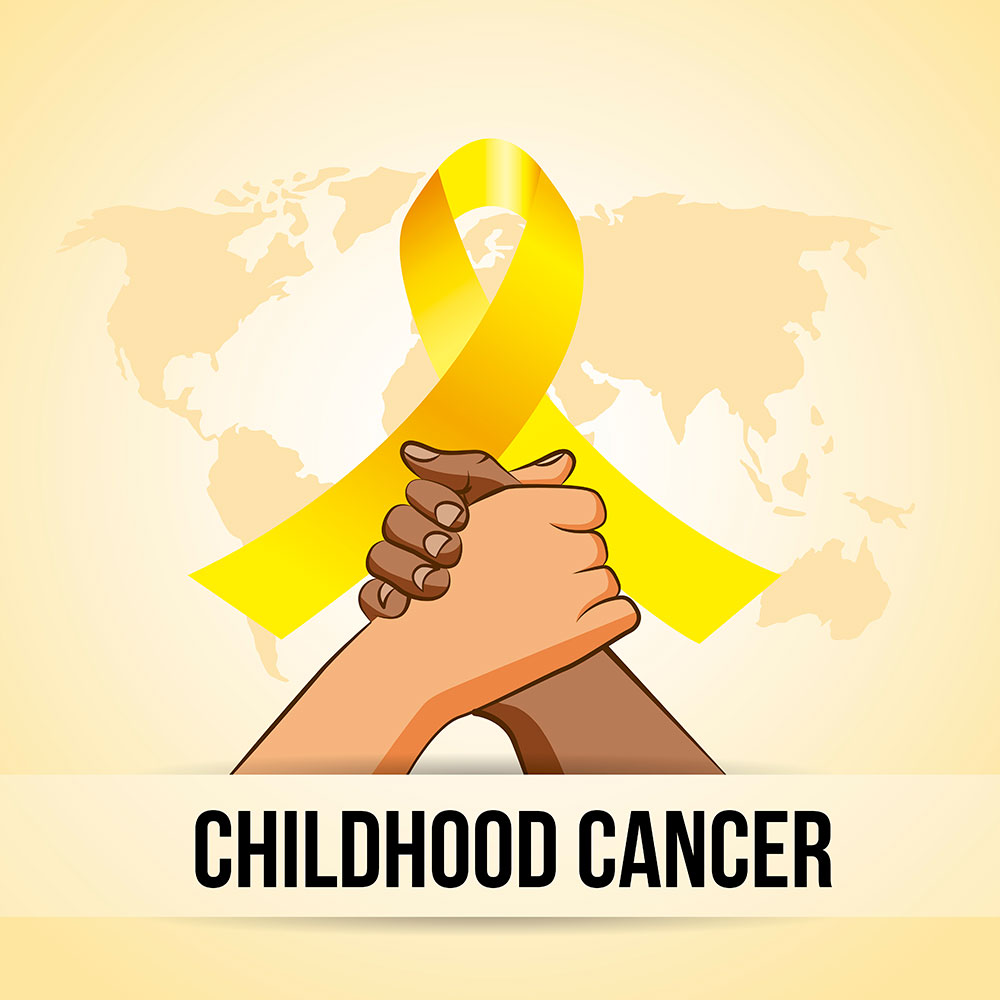University of Technology Sydney (UTS) research crunching vast amounts of data on childhood cancer to better tailor treatment is one step closer to assisting clinicians as the collaboration with the Kids Research Institute at The Children’s Hospital at Westmead celebrates 12 years.
Paul Kennedy from the UTS Center for Quantum Computation and Intelligent Systems has been working closely with Dan Catchpoole from the Kids Research Institute to come up with a virtual pipeline that visualizes large quantities of patient data to help hospital clinicians better diagnose and treat childhood cancer patients.
“We’ve reached an exciting point in our research in that we’re finally putting together all the bits and pieces we’ve been working on over the years,” said Kennedy. “You don’t always get the chance to work on things like this. It can have such a big effect and really change kids’ lives. That’s why it’s such an honor to be doing this research.”
Cancer is the deadliest disease for children in Australia, with 700 children diagnosed each year. Current treatment is based on grouping patients into risk categories, with the high risk of relapse category requiring the most intense treatment available.
This collaborative research project, however, looks at shifting away from categories to personalizing treatment. By visually interpreting biological data on childhood cancer patients, the research team’s virtual pipeline can compare existing and previous patients’ gene expression data and gene variations, as well as clinical and image data. It can then better assist clinicians at the bedside to determine the treatment regime that will give the most certain clinical response from patients.
“We see tumor tissue specimens as ‘little packages of information’ about the patient and their disease. This information can be unpacked very quickly through current DNA sequencing or ‘omic’ technologies, leaving us with vast amounts of data that needs to be sorted, sifted and made sense of,” said Catchpoole.
“The computational approaches used by Paul Kennedy will allow us to quickly ‘mine’ this information for the nuggets of knowledge we can use to assess how best to treat a patient in the clinic.”

The team is currently working to ensure its models are robust and capable of sorting through such large quantities of data. They are also analyzing how the virtual pipeline can best contribute to existing clinicians’ practices. “The clinicians are the experts and we just want to help them do their work. We don’t want to face them with a computer-centric approach but a human approach to data analysis.”
A number of other UTS academics have been contributing their expertise to the project. Karla Felix Navarro from the UTS Centre for Innovation in IT Services Applications has been assisting in developing software for the pipeline.
“Working with Paul and Dan has been a fantastic experience,” Navarro said. “I’ve learnt a lot about neuroblastoma (a cancer that almost exclusively strikes infants and children), gene expression and personalized medicine from the meetings we’ve organized with health researchers and clinicians. I’m excited by the great impact that computer-aided diagnosis systems, data mining, data visualization, human-computer interaction and other IT methods can have on the survival of patients.”
Other collaborators include the University of Western Sydney, Queen’s University, Canada and the U.S. National Institutes of Health. UTS students have also been actively involved in the project including four completed Ph.Ds, a current Ph.D. and an honors student.
The research focuses on acute lymphoblastic leukemia, the most common childhood cancer. However, Kennedy is also working with Catchpoole on a computer-aided diagnosis system for rhabdomyosarcoma and neuroblastoma.
Source: UTS
Date: November 26, 2014
SUBSCRIBE TO OUR BLOG IN THE RIGHT SIDEBAR MENU TO RECEIVE OUR DAILY BLOG POST DIRECTLY TO YOUR E-MAIL
SUBSCRIBE TO OUR NEWSLETTER TO RECEIVE A MONTHLY MAIL WITH MORE RELEVANT INDUSTRY AND COMPANY NEWS
Brought to you by Fomat Medical


Add a Comment